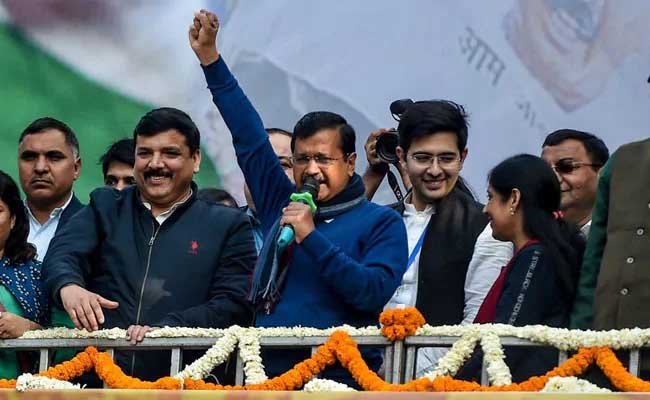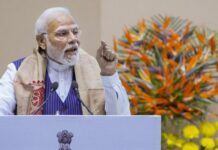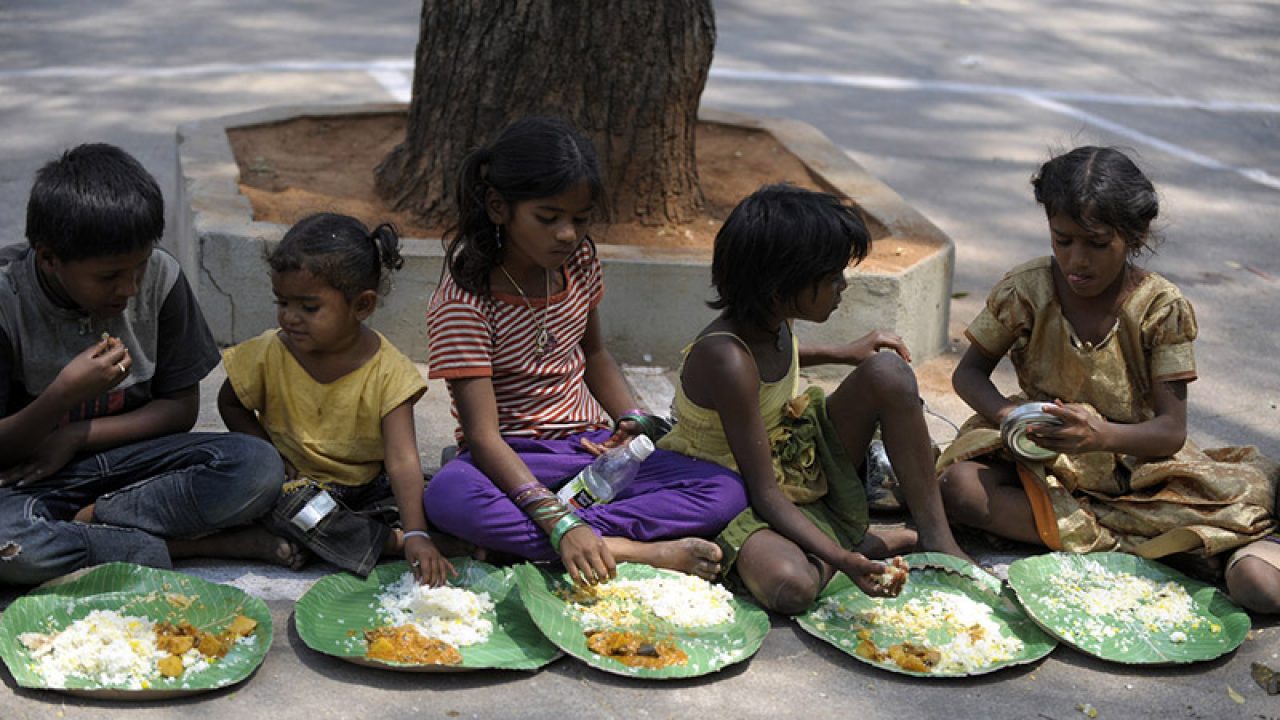Easy accessibility of leaders, good work in the government school helped Aam Aadmi Party (AAP) for an easy second-time win in the national capital. Although the high-pitched campaign by the Bharatiya Janata Party (BJP) over social media and roads, leaves no stone unturned to make people across the country believe that they might form government in Delhi. But, the result clearly shows that voters were clear in their mind – but, somewhere down the line, BJP national leadership also needs to give a deep thought about their loss.
An aggregate of half-a-dozen exit polls predicted that AAP would win 56 of Delhi’s 70 seats and the BJP, 14. The majority mark in the 70-member assembly is 36.
AAP during the entire political campaign has focussed on its developmental work and focussed on education, healthcare, cheap electricity, and water for the poor, and the schemes it has brought in the past five years. Not to be forgotten, through their Jan Sabhas, AAP has always made sure that their leaders are easily accessible and within reach of the public.
Even during Shiela’s 15-year rule in Delhi, Congress local leaders were always accessible for the public. But, the same is not true for the local BJP leaders, they’re high headed and not aware of the ground reality, similar goes for BJP’s councilors who are running Delhi’s municipality. Councillors are not accessible to the people.On the contrary, even after the win, AAP will ask its local leader to hold jansabhas and open its office for the common man.
In the past five years, the issue of safety and security in the national capital and the cleanliness, despite Modi’s Swacch Bharat Abhiyan, has touched the new low. Delhi, which is generally considered more cleaner than comparing to any city of the country, has failed to put itself in the top 100 cleaned towns of the country. Not to be forgotten that the BJP rule city municipality and they are in charge of making the city cleaner. But, what people have witnessed a daily altercation between the BJP-AAP, making ordinary people struggle.
Similarly, Delhi Police, which comes under the union home ministry, has failed to satisfy the citizen, as Delhites witnessed more incidents of snatching, theft, and crime against women. However, here also, despite focussing on improving the effectiveness, the city has seen whole long drama between the Delhi Police and AAP leaders and how the police were more interested in filing fake cases creating chaos at the administrative level.
In the 2019 Lok Sabha election, the BJP won all seven seats in Delhi with over 56 percent vote share. That’s a massive public endorsement for a multi-party election. Arvind Kejriwal and his team knew that it could not win Delhi without taking away from this vote share, and the election was a few months ahead. This is also the reason why Arvind Kejriwal didn’t directly attack the Modi. AAP had easily convinced the people to vote for his party.
‘Modi for PM, Arvind for CM,’ was one the common answer by the locals living in the Delhi when they were asked why they would not vote for the BJP in the assembly election if they voted for BJP in the Lok Sabha election 2019.
Moreover, during the entire election campaign, rallies and interviews, we have witnessed how Kejriwal was able to focus on his work and stressed clearly that the voters want peace, stability, development, and progress. Kejriwal by resisting the pressure to become controversial — despite that he was called a terrorist—-did not play into BJP hands and kept his and his party’s head well above the murky, dirty waters. This has worked for him, and the people have reposed full trust in him despite all the odds that were created, and the impediments that were thrown in his way.







